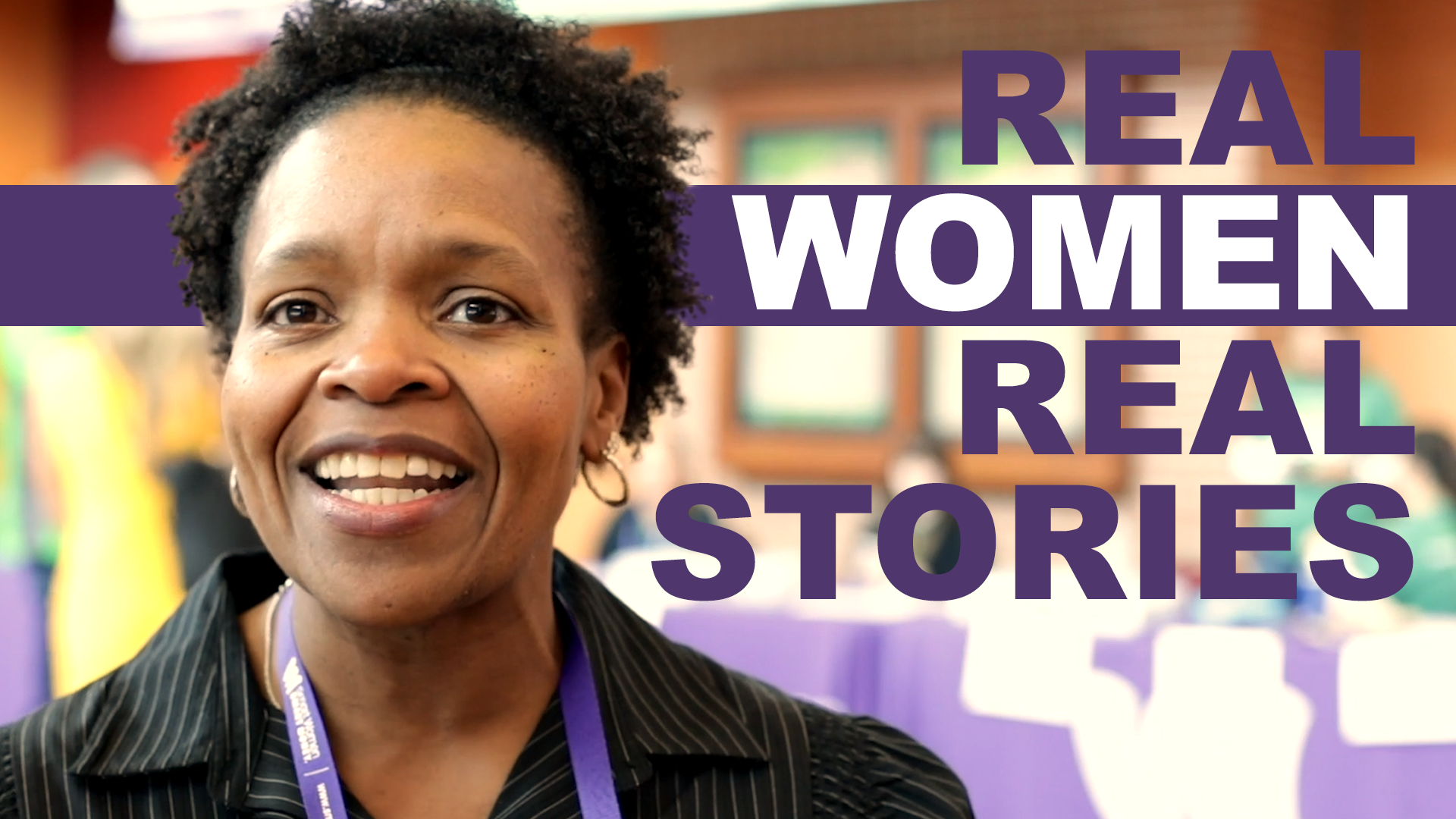By Ashley Ann Reich
From the Editor: This is part 1 of a series in SWSM magazine on women in leadership.
I have been a firm believer that work-life balance does not exist. For a “balance” to occur, that would imply that one would have the perfect percentage of time, resources, and priorities placed on each item in their life. As women, we have been bombarded with this concept of work-life balance that tends to create a false impression that there is a balance that can, in fact, be achieved. As an almost two-decade C-suite executive, mother, and wife, I have learned to look at work-life balance through the lens of seasons rather than attempting to achieve an unattainable balance in life. As women, we will continue to face the same number of hours in a day but an ever-growing task list and the constant struggle of wanting to achieve peace and balance in life. This series will provide useful tips to consider and tangible actions to add to your everyday routine.
Defining Work-Life Balance
In today’s culture, the idea of work-life balance has continued to evolve. It has become a “buzz phrase” for justifying change in employment, stepping down from a position, or needing to reprioritize when life gets out of balance, but what does this concept really look like in the workplace today? Ramsey Solutions suggests that work-life balance can be defined as “to equally prioritize the demands of your job, personal life, and any other work you’re responsible for.” According to a recent report, 79% of women believe that their job offers them the desired work-life balance that they seek. The survey responders believed that three specific items that made them feel motivated and that they had achieved a balance in work and life.
- The necessity for flexible work arrangements, which some listed as “non-negotiable.”
- The importance of company benefits that provided pay equity between males and females as well as appropriate parental leave and time off outside of work.
- The company’s culture and whether or not the culture provided support around career advancement opportunities in an equal fashion for women.
I would suspect that if you asked most women to define work/life balance, their answers would be similar to the three insights mentioned. Personally, I have always desired to continue to be asked about advancement opportunities in the workplace and not be an assumption that I wasn’t interested.
Boundaries or Balance?
Women in leadership tend to take on a full plate of tasks in the workplace that often end up being detrimental to their health and sanity. In an article written by an Executive Leadership Coach, Lucy Gernon notes, “Women need to own their worth, set boundaries, and realize it’s not selfish – it’s a fundamental human right to protect your most valuable asset: your time.” When women consider setting boundaries, it can have a negative connotation. Women tend to be helpers and want to be seen as valued, and, to some, boundary setting looks like the opposite of those traits. As someone who has operated in an executive-level position for most of my career, I have learned the invaluable benefit of learning to say “no” gracefully.
Practical Tips for Balancing Seasons
While I believe that achieving “balance” is an unattainable concept, as that would require one to place a percentage on each area of their life, which is near impossible and changes often. I have chosen to approach balancing priorities through the lens of seasons. When I was single and in the early stages of my career, that season looked very different in terms of priorities in comparison to where I am now. One article suggests sorting out priorities in your current season of life. This could look like pulling out a calendar, writing out your current obligations, identifying blocks of time unallocated or accounted for, and continuing this practice through all changing seasons of life.
Additionally, it is imperative that you have a support system through seasons of life that could include your spouse, family, and a good network of friends who are willing to pitch in and help as needed. One of my favorite quotes that sums up work-life balance is from Dave Ramsey, who states, “Balance is actually an illusion. You ebb and flow – just be wherever you are. Don’t be six places at once in your brain. Put your phone up. Be present.”

ABOUT THE AUTHOR
Ashley Ann Reich has been with Liberty University since 2007, first working in Student Financial Services and then as Executive Director of Government Affairs before transitioning to her current role as Senior Vice President of University Compliance. During her time at LU, Ashley started the first financial literacy program, reaching thousands of students in budgeting, paying down debt, and planning for the future.







